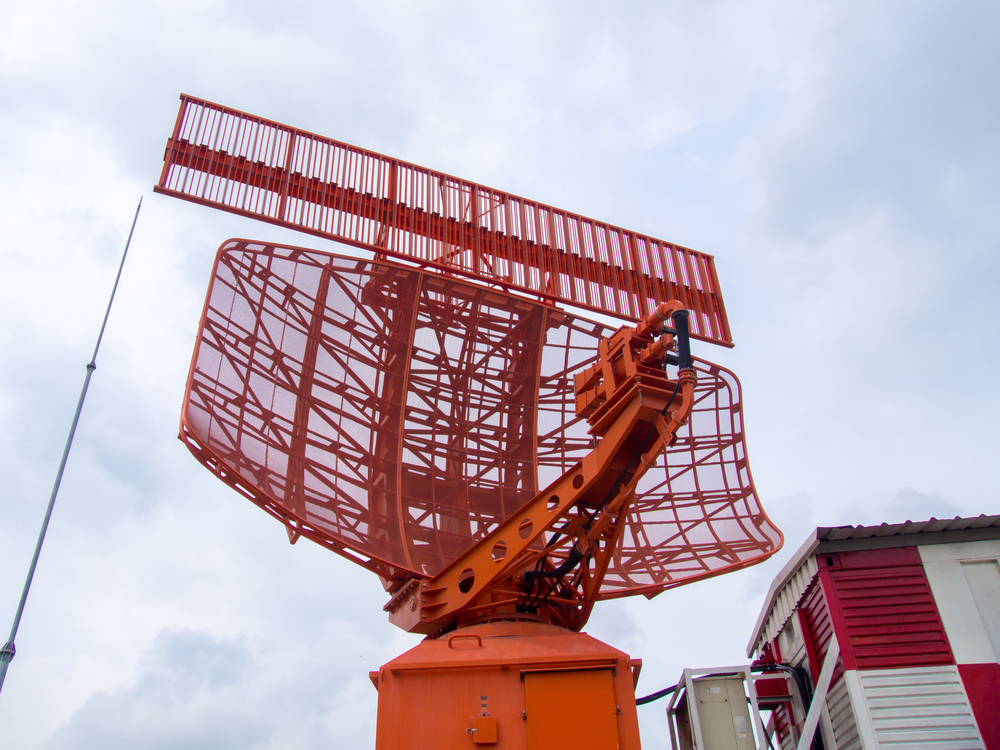
The Department of Homeland Security (DHS) Science and Technology Directorate (S&T) announced this week that it is working to create standards for air surveillance, known as DHS (Interim) Strategic Air Surveillance Requirements, or (I)SASR.
DHS S&T is working with the Federal Aviation Administration, the Department of Defense, and the National Oceanic and Atmospheric Administration on the initiative.
S&T supports the project by using air traffic simulation to assess the degree to which both current and future proposed radar solutions can meet the country’s security and aviation safety needs.
“S&T’s analysis will provide CBP Air and Marine Operations a detailed understanding of where the DHS (Interim) Strategic Air Surveillance Requirements are being met and where there are gaps in required coverage,” Arch Turner, an operations analysis chief at S&T, said.
The United States currently has more than 300 radars around the country to detect and determine the geographic location of all non-commercial aircraft, including manned aircraft and drones.
The radars include Tethered Aerostat Radar Systems (TARS), balloon-like systems that enable elevation of radars to heights of 10,000 feet or more.
“S&T’s work is exactly the type of detailed analysis that is necessary for the Department to mature in its decision-making,” Drew Kuepper, deputy assistant secretary for policy (unity of effort integration), said.




